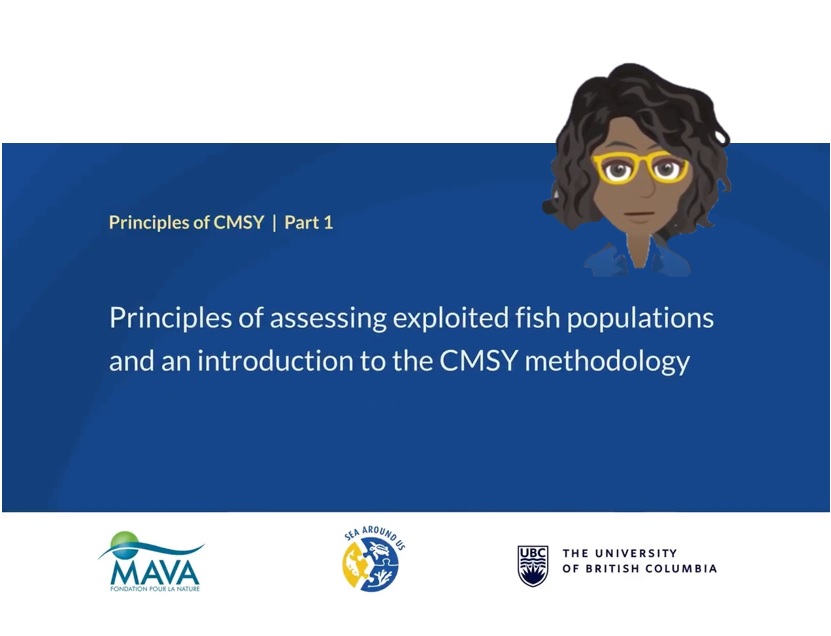
Sea Around Us data users interested in learning how to perform stock assessments using the CMSY methodology now have access to a suite of free video tutorials.

Sea Around Us data users interested in learning how to perform stock assessments using the CMSY methodology now have access to a suite of free video tutorials.
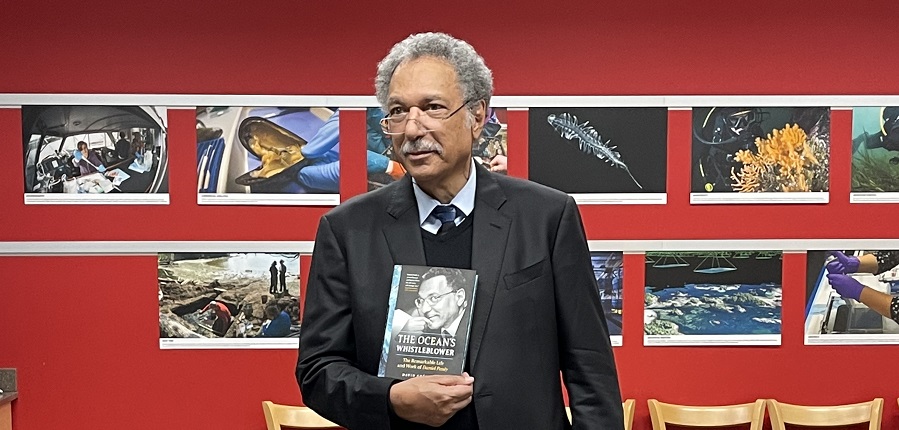
On June 9, 2022, in the midst of what is known now as World Oceans Week, the Sea Around Us hosted a successful event to present The Ocean’s Whistleblower, the English version of Dr. Daniel Pauly’s biography – initially released in French under the title Daniel Pauly : un océan de combats.
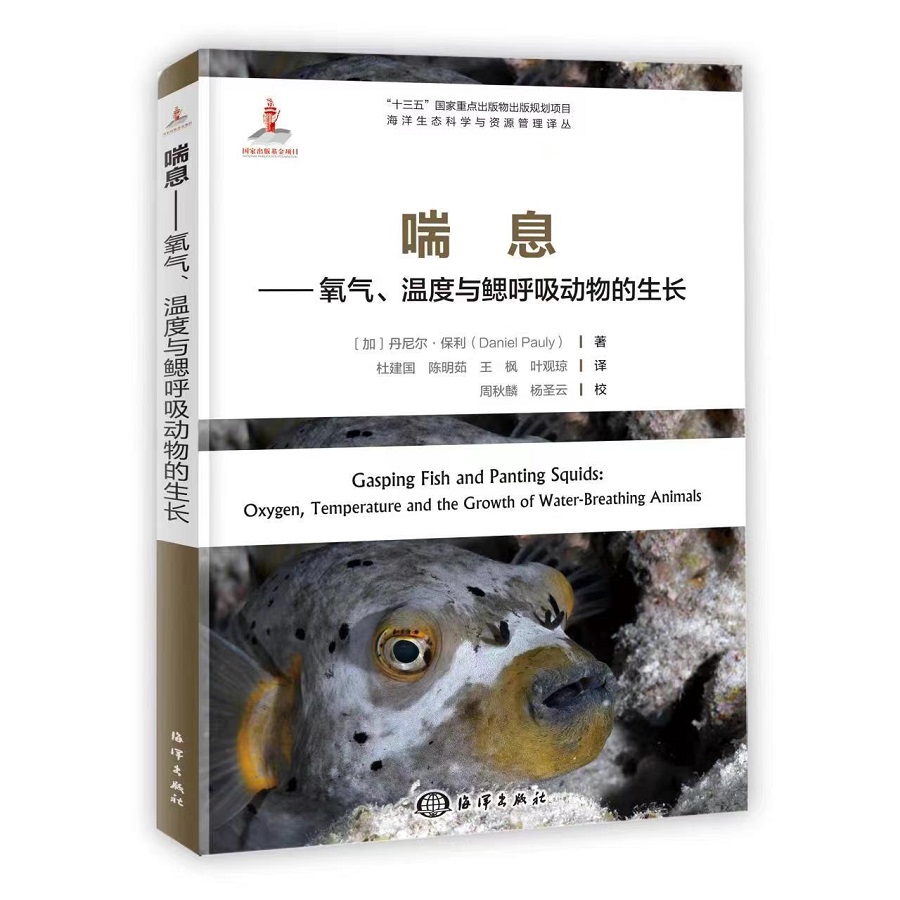
A Chinese version of Gasping Fish and Panting Squids: Oxygen, Temperature and the Growth of Water-Breathing Animals, the book where Dr. Daniel Pauly develops his Gill-Oxygen Limitation Theory (GOLT), is now available to readers worldwide.
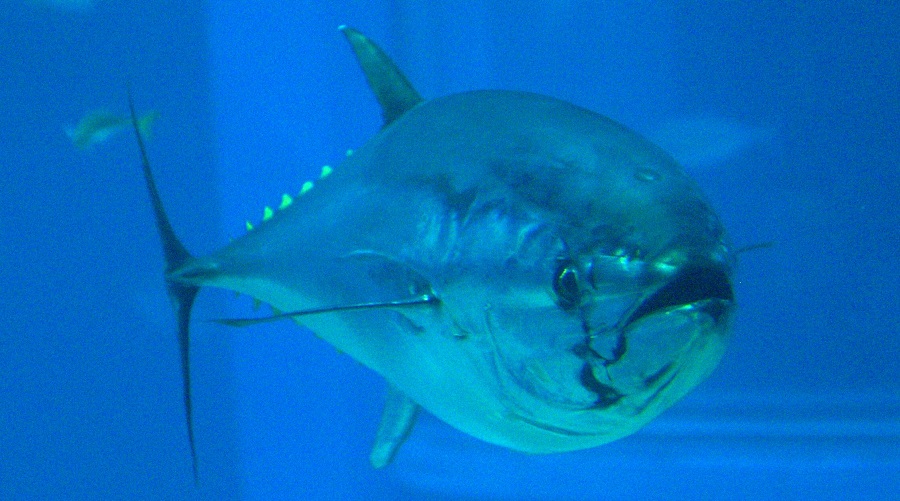
New research has pinpointed four high-traffic areas in the Pacific Ocean that should be considered of high priority if conservation efforts focused on large pelagic fishes such as tuna, blue marlin and swordfish are to be successful.
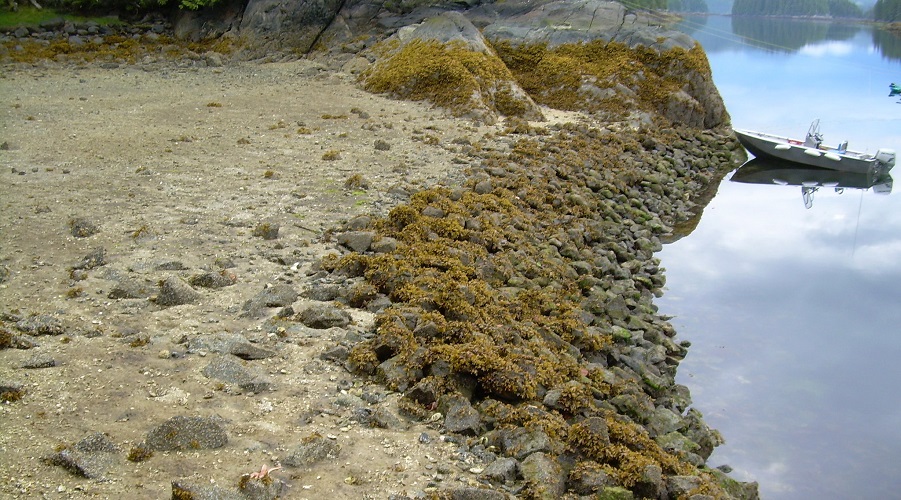
A few years ago, while waiting for a connecting flight at Houston Airport, the Sea Around Us PI Daniel Pauly challenged Simon Fraser University resource & environmental management professor Anne Salomon to put clam gardens in a global context by mapping them along with similar Indigenous maricultural innovations around the world.